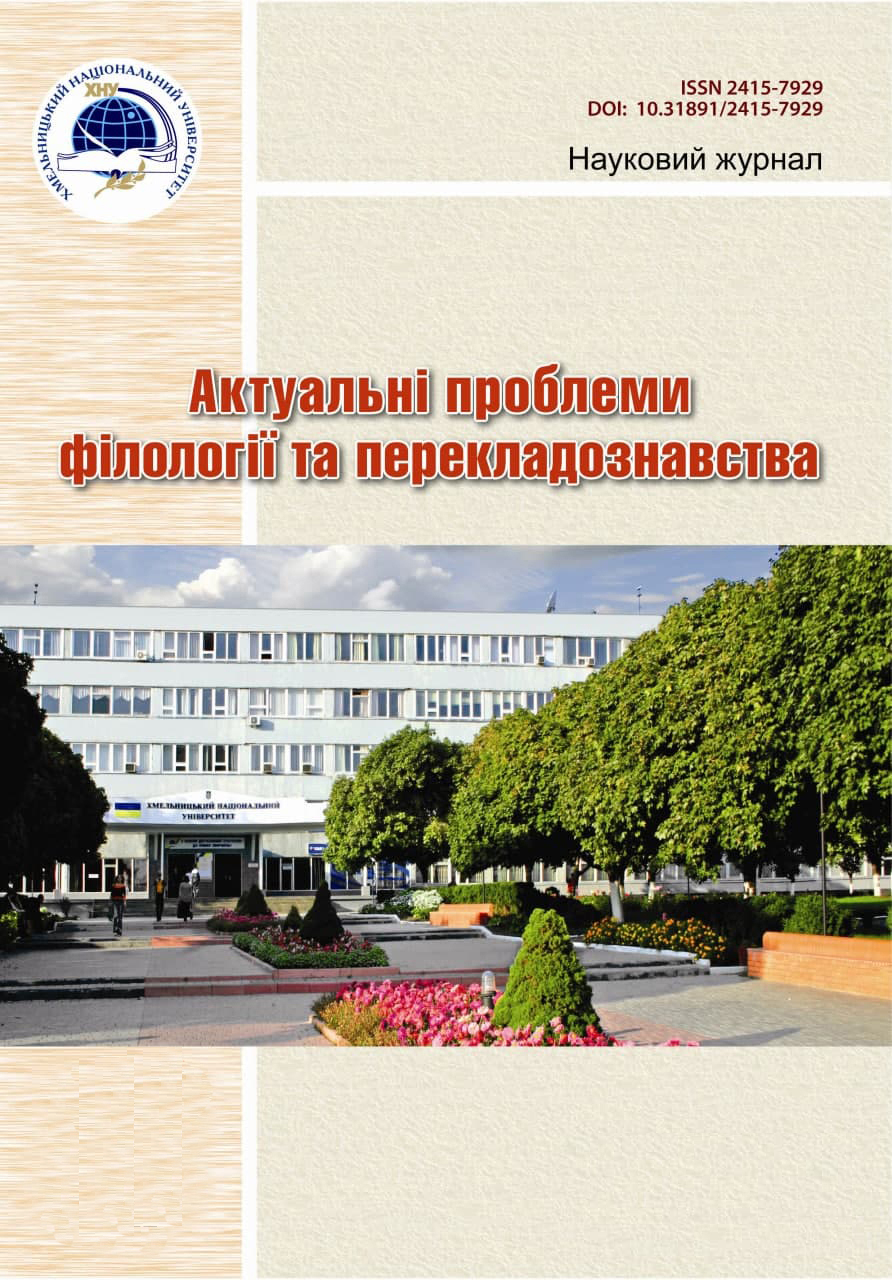LINGUAL CHARACTERISTICS OF SIBLING COMMUNICATION IN FAMILY FILM TEXTS
DOI:
https://doi.org/10.31891/2415-7929-2021-21-45Keywords:
family communication, sibling communication, communicative situations, linguial characteristics, family film textsAbstract
The article describes the linguial characteristics of sibling communication on the basis of English-language family film texts. The object of the study is family communication, and its subject is the specifics of the lingual realization of the basic roles of family members, namely siblings, represented by modern English-language film texts intended for family viewing.
The main types of personality-oriented communication in the family sphere are matrimonial communication ("husband - wife"), parental communication ("parents - children"), sibling communication ("brothers – sisters"). Quantitative analysis of fragments of communication between siblings, taken from family film texts, shows that communication between them is represented mostly in the form of a dialogue (93%) and is characterized by a kind of internal community of partners, the presence of a single subject of conversation and a certain freedom of exchange. During the communication of brothers and sisters, various communicative situations arise, in each of which certain strategies dominate. The main ones are strategies of cooperation, rivalry and demonstration of neutrality. Cooperation occurs when siblings in communicative situations of interaction have a common goal and common means of achieving this goal. Rivalry occurs when siblings have different goals and differ in the means to achieve them. Neutrality is manifested in situations of achieving hidden individual goals. Quantitative analysis of emotionally colored phrases with tokens to denote siblings shows that they are mostly positively colored. The main lingual form of realization of interpersonal family relations is conversational speech, that results in direct personal communication, which involves situational conditionality and commonality of the base of speakers. In the colloquial speech of members of the English-speaking family there is a lack of clear regulation of literary norms, arbitrariness in the selection of lexical items (the use of dialectisms, colloquial words, vulgarisms, jargon, humorous units). English-language family communication is characterized by multifaceted structural-semantic and communicative-pragmatic content in terms of implementation in a particular communicative situation.
Downloads
Published
Issue
Section
License
Copyright (c) 2021 О. СКОБНІКОВА (Автор)

This work is licensed under a Creative Commons Attribution 4.0 International License.

